Design for Educational Spaces: How to Create Intrigue and Inspiration

Whether a school district’s master plan calls for renovation or new construction, it’s certain that everyone involved will be seeking maximum impact with limited budget. Especially on the heels of at-home, online educational experiences, it’s important to make spaces that intrigue and inspire young learners. Here are a few suggestions to help you consider how you can create what a new generation of staff and students are hoping for:
Raise the Bar
Through experience or exposure, it’s probably not hard to call to memory a dim, stark image of yesteryear’s school buildings. Poor lighting. Cold classrooms. Uncomfortable seating arrangements. The first, most important step in the process of designing and building educational spaces is to break the mold. Imagine the inspiring. Envision the space you may have needed as a child to stay engaged and excel.
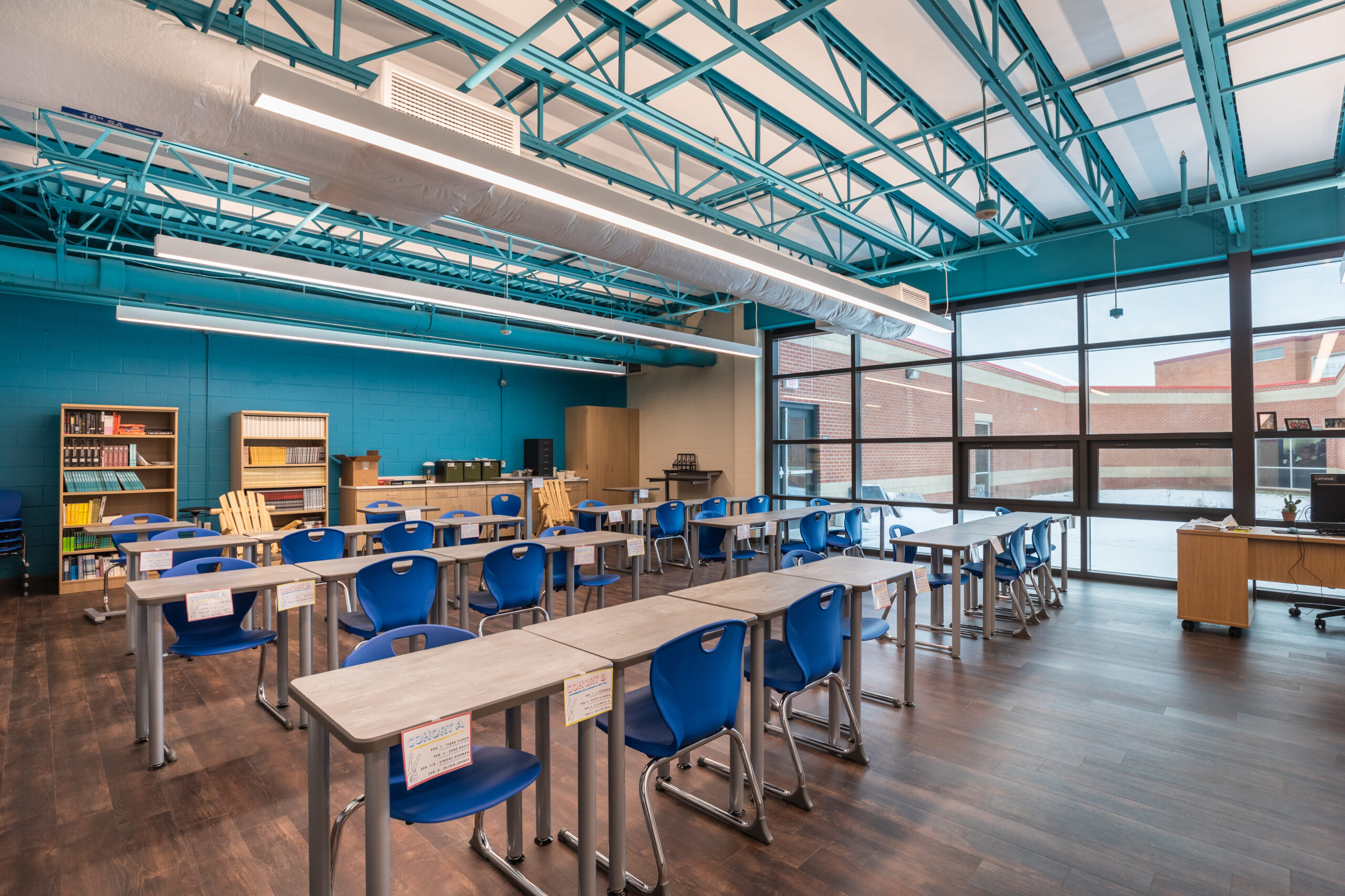
Acknowledge Individuality
Research has helped teachers, administrators, and – yes – even architects better understand the needs of today’s students. School remodeling and construction projects should place an emphasis on accommodations for individualized learning styles and classroom comfort. We now know that what works for a one student may not work for others, and we want to create places that are inviting to everyone.
Complement Technological Advances
It almost goes without saying that technology is an integral part of today’s classrooms. Many students are spending at least a portion of their school day on iPads or Chrome books or even consulting their smart phones. Consistency and interchangeability of learning platforms across home and school environments is an important consideration. Modern classrooms need to incorporate space for technological advancements and support every student’s interaction with them.
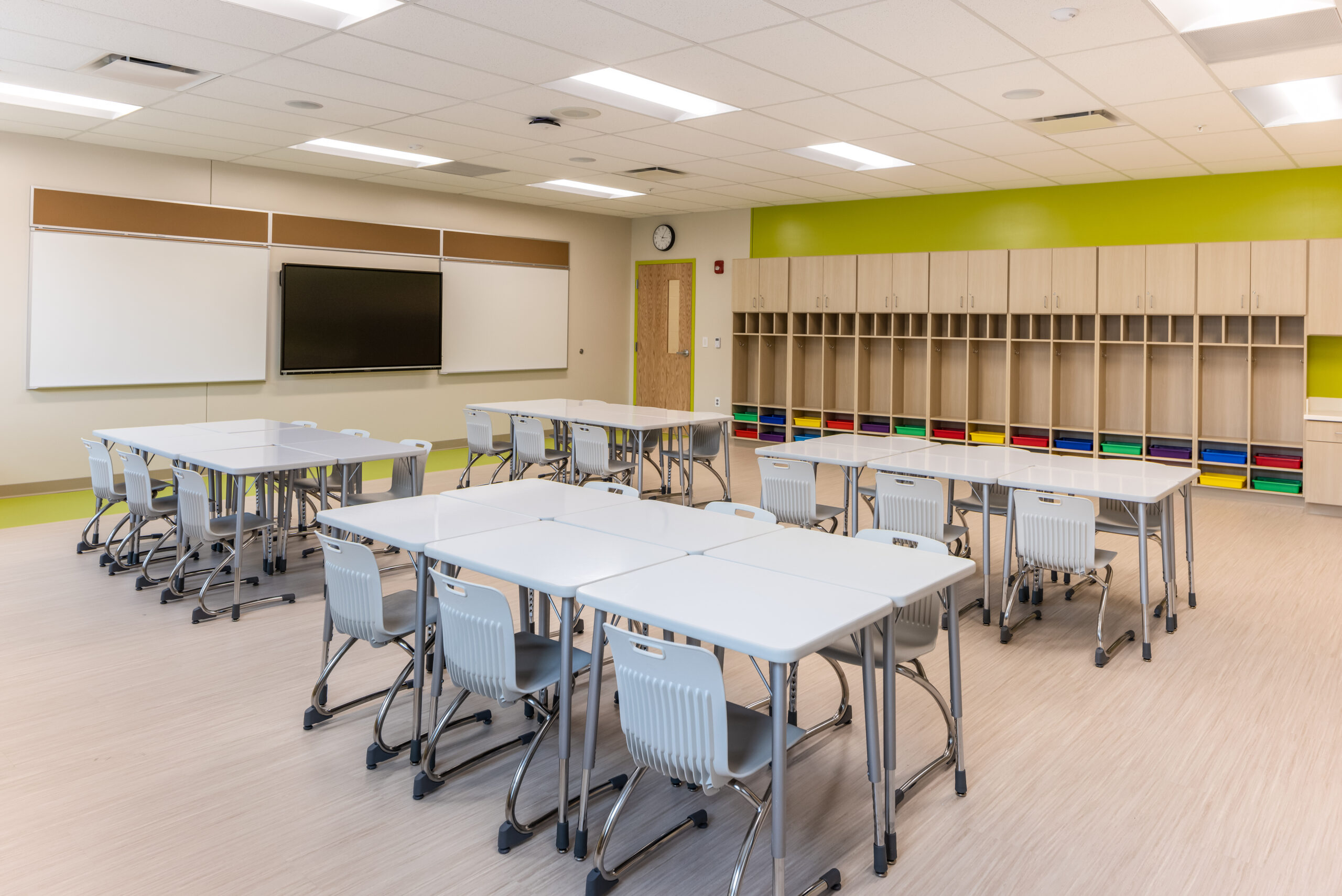
Lean into What’s Comfortable
Consistency and comfort across spaces is key to creating an engaging experience. And that means making careful considerations about everything from lighting control to temperature consistency to noise reduction. The incorporation of natural light and the use of healthy, sustainable building materials can make a big difference when you’re working to build warm, inviting spaces.
And, speaking of what’s comfortable ̶ don’t forget to think about the furniture. Look toward the trends, colors and sizes that can help kids feel great in every space. Imagine what’s inviting, comfortable, adaptable, and replaceable.
If you’re working with a limited budget, design for common spaces like cafeterias, media centers, and extended learning areas that accommodate students across grade levels. But, don’t forget that – even in common spaces – some students will still prefer design that will allow them to define their social interactions on their own terms.
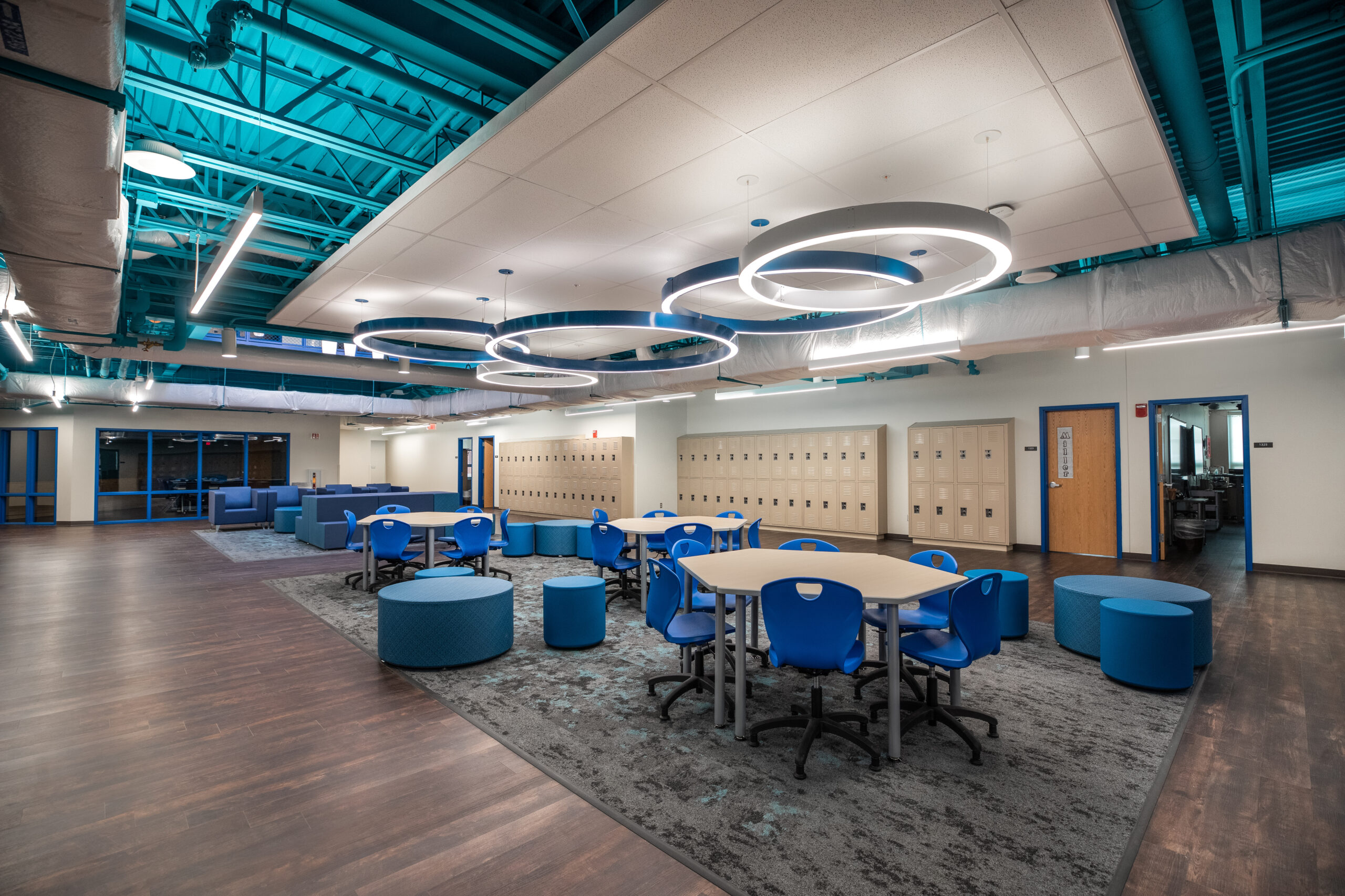
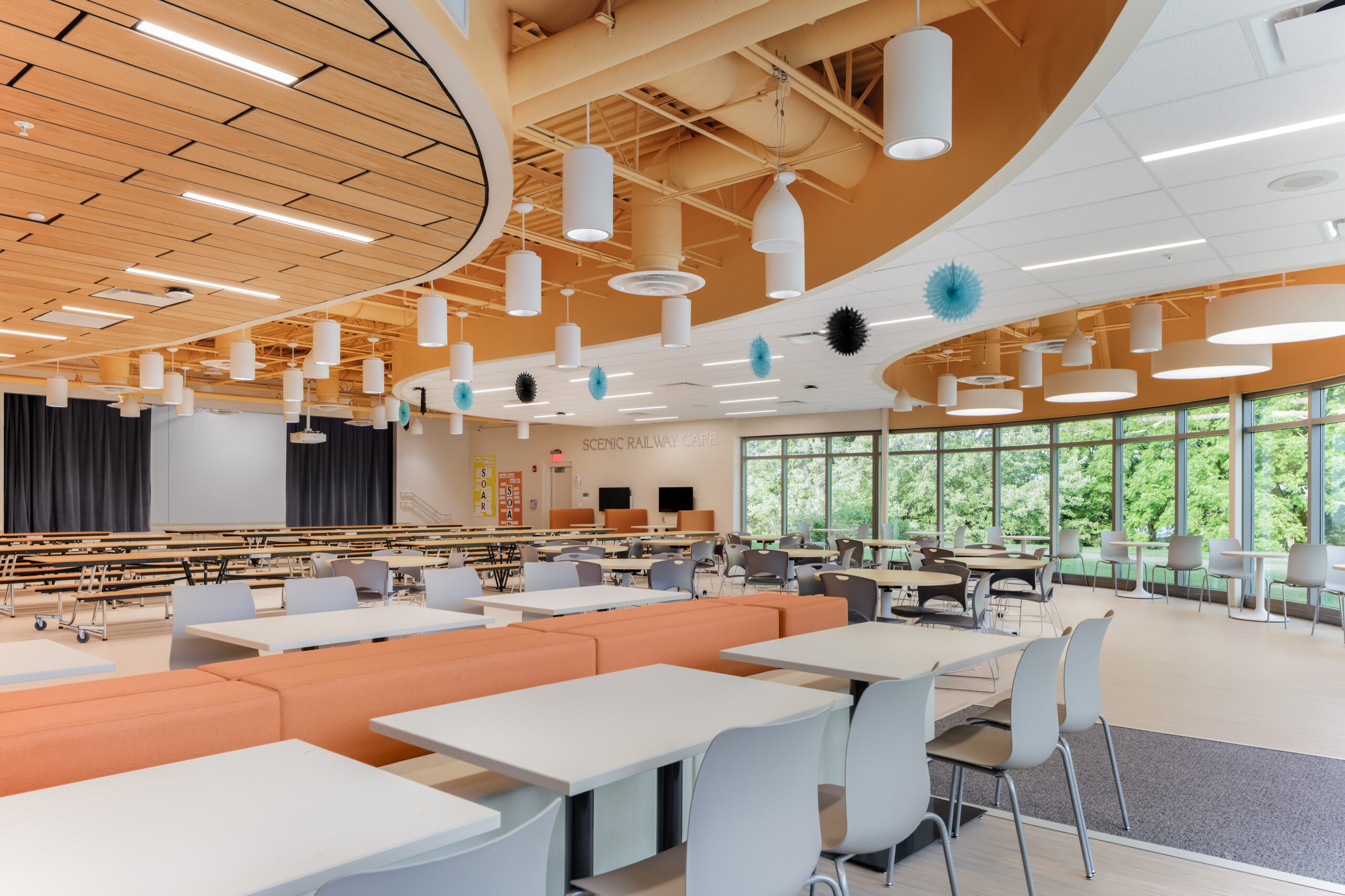
Local Matters
Kids want the spaces they require to be, to feel like the places they are more comfortable – like their living rooms or the local coffee shop, a community center or maybe even the public library. Visit these places to gain an understanding of local flavor and tap into design trends to make sure the educational space you’re designing is a place that looks and feels inviting.
Embrace the (Kids’) Energy
At the end of the day, it’s important to remember what brought us to the school grounds. Students needs places that are invigorating and inspiring. This may mean especially bold colors and themes for young learners; comfortable, collaborative areas for middle schoolers; or, inviting, relaxed spaces for high school students. So, be sure to design with a child’s energy in mind.
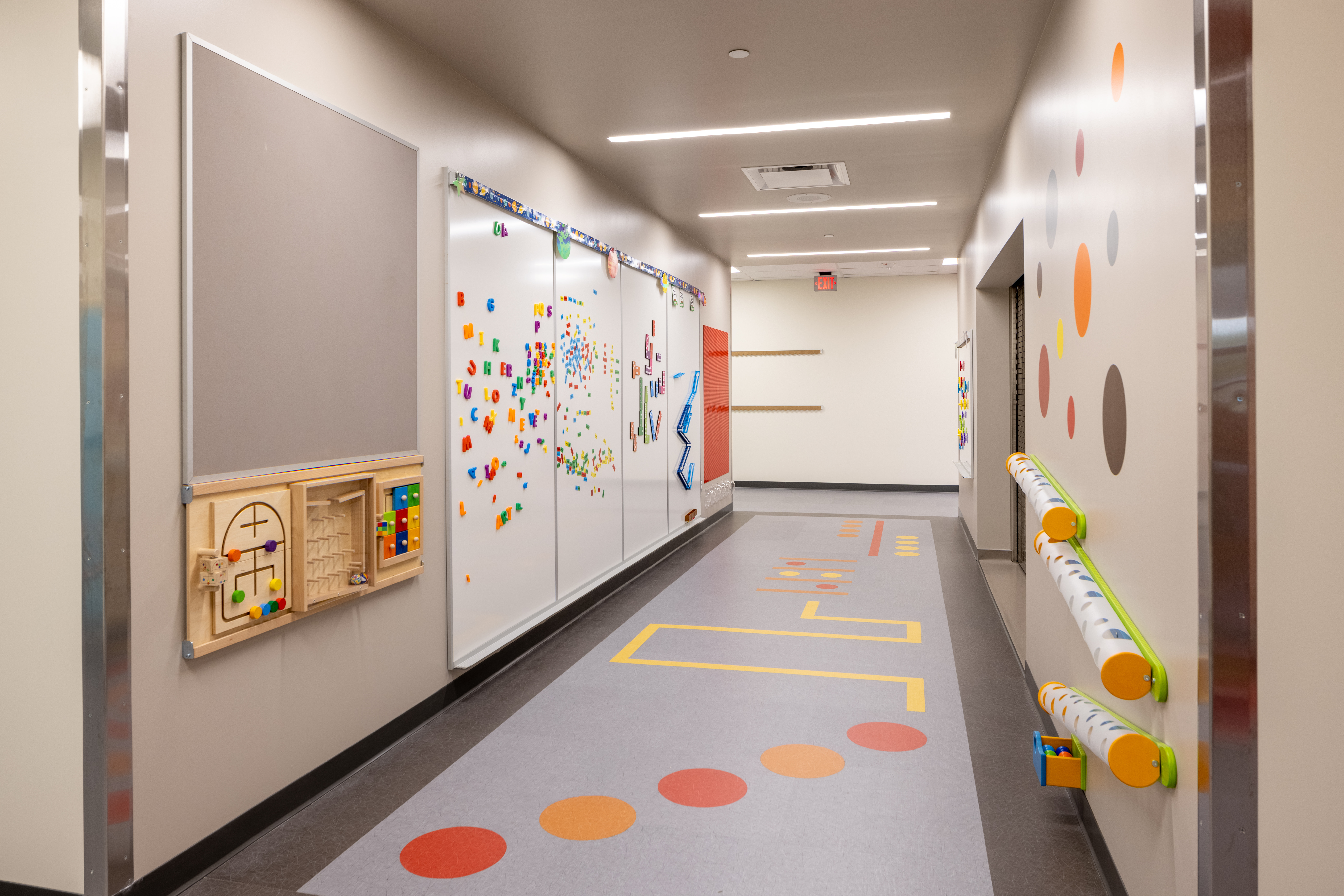
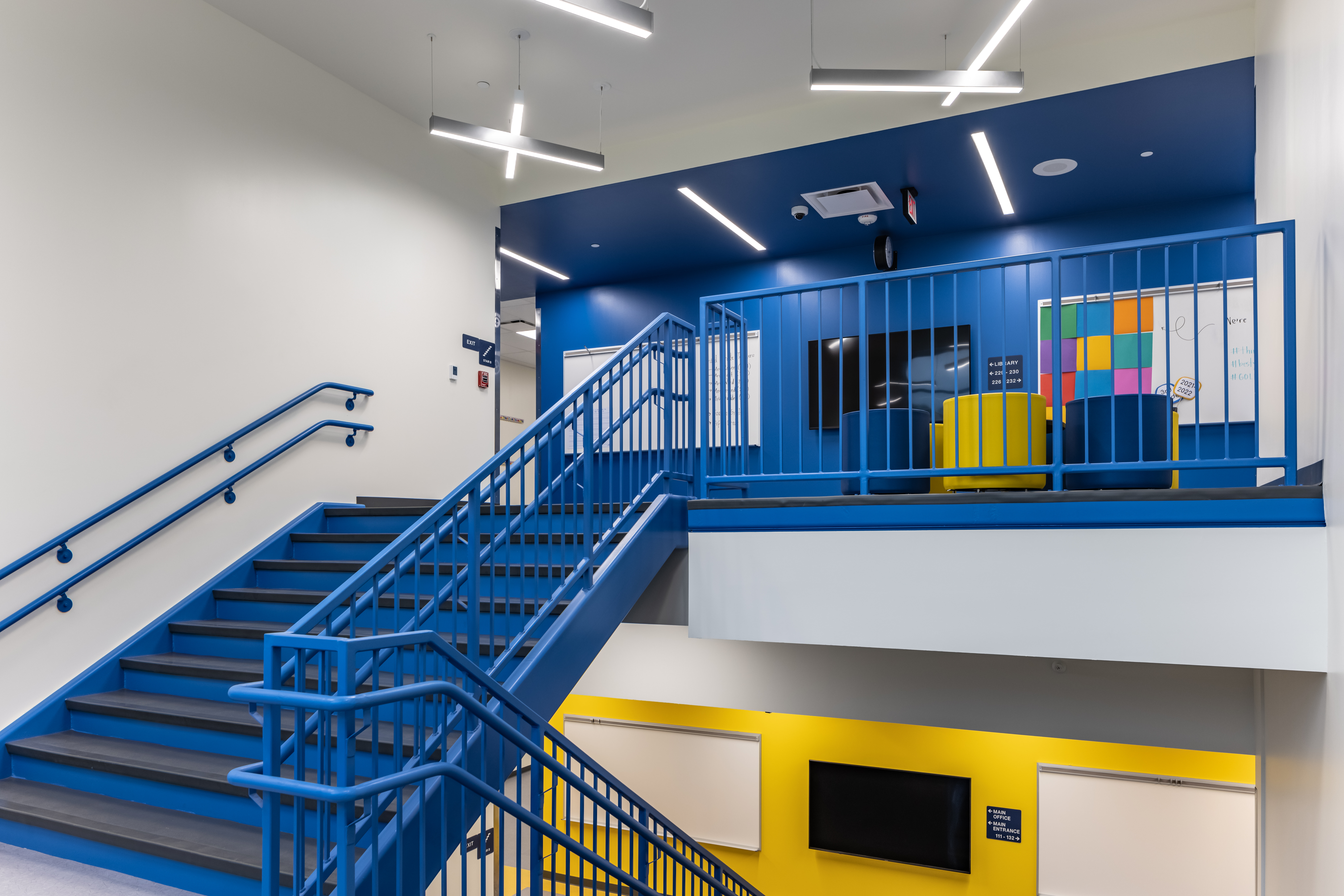
Design for the Future
Building educational spaces is a chance to build excitement, build community, and build a piece of the future. Careful consideration of the factors that impact interaction and learning can help us discover, design, build, and care for the communities we want to live in and leave for future generations.

